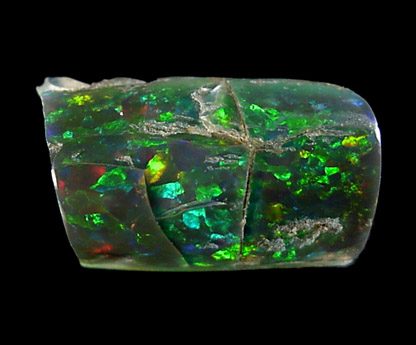
As a proud student in geophysics, I can tell you that opal is hydrated silicon dioxide mineral with many astounding properties, but it’s also water hydrated. Since water hydrated minerals have been found on Mars we are led to the logic conclusion that when these minerals was formed, there was water on Mars.
Opals have been long prized for their beauty, but now scientists are appreciating them from a whole new perspective. The fact that they have been located there comes after ice on Mars has been found, and it expands the habitable space by a whole lot, as this finding shows that Mars has been wet for more than a billion years longer than the previous estimates. Whether the planet was suitable for life or not takes a whole new meaning after this.
“Water may have existed as recently as two billion years ago,” said John Hopkins University’s Scott Murchie, a lead scientist with the Mars Reconnaissance Orbiter team. “It extends the time range for liquid water on Mars, and the places where it might have supported life.”
These silica-based deposits are the third and more importantly, the youngest type of water-containing mineral which has been found on Mars. Contrary to them, the oldest hydrated materials are some phyllosilicates, which were formed more than 3 and a half billion years ago.








